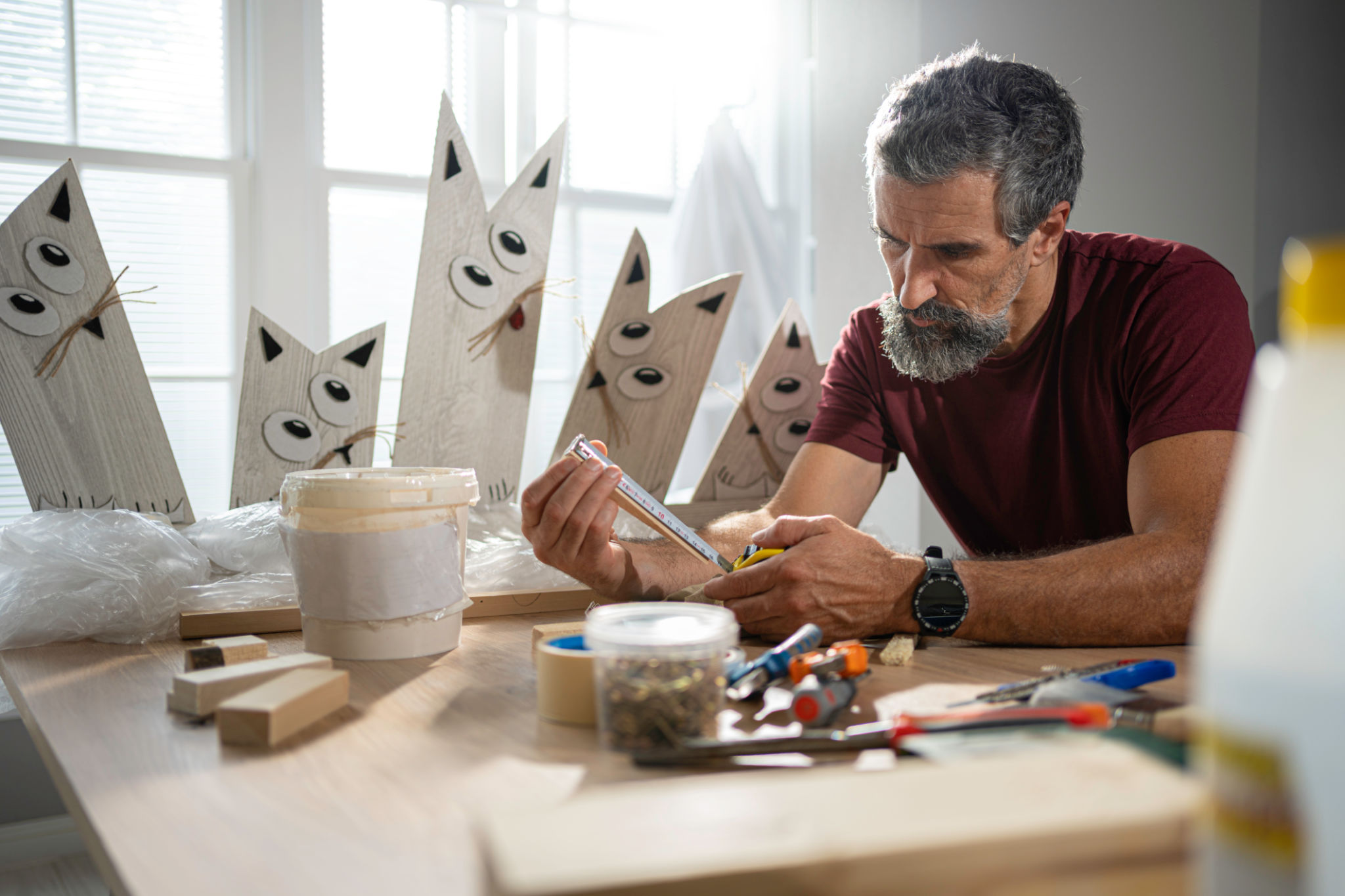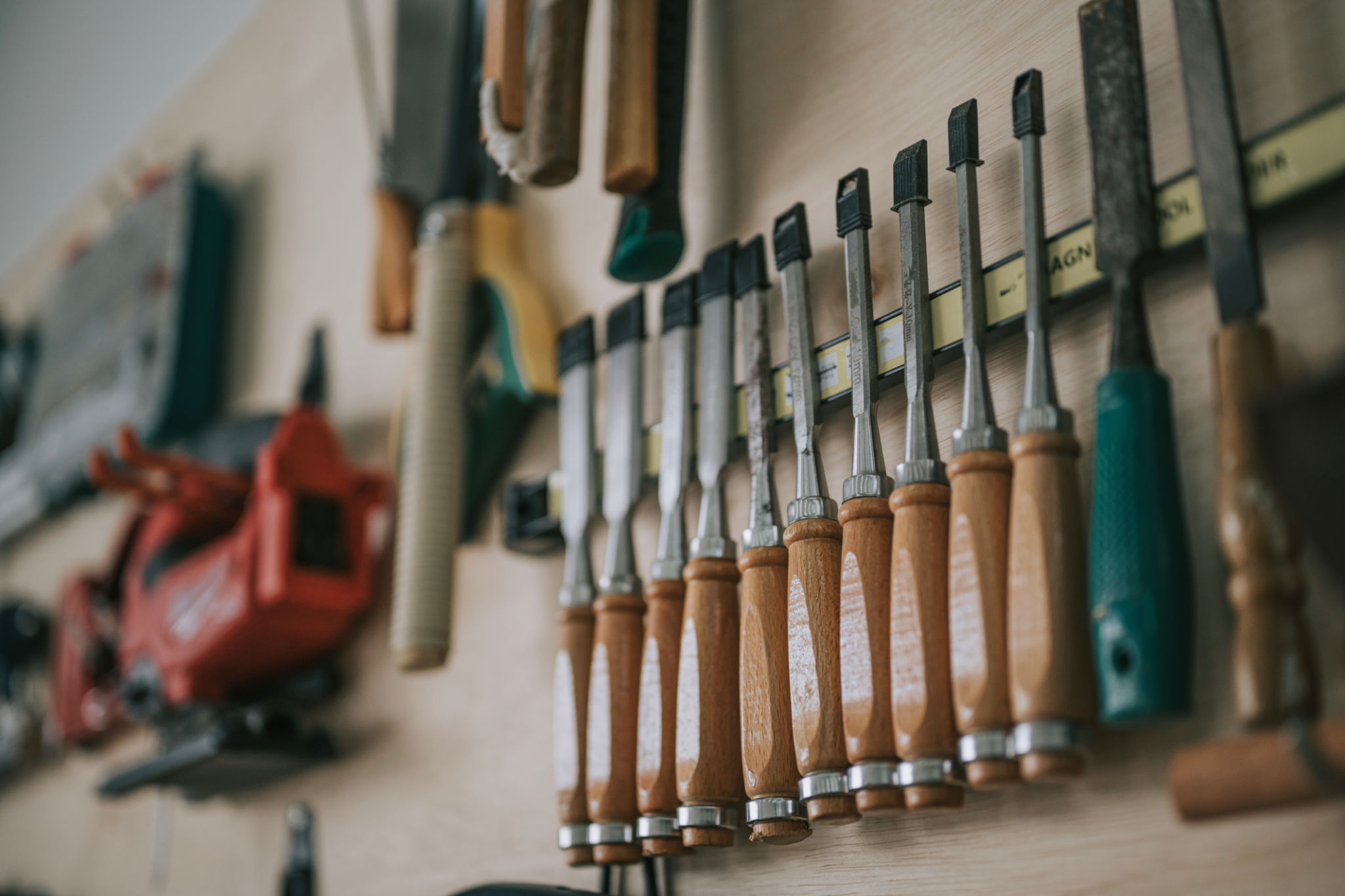DIY Tips: Enhancing Your Home with Expert Carpentry Techniques
Introduction to Carpentry
Carpentry is a skill that not only enhances the aesthetic appeal of your home but also adds functionality to your living space. Whether you're a seasoned DIY enthusiast or a beginner looking to tackle your first project, expert carpentry techniques can elevate your home improvement endeavors.

Choosing the Right Materials
Before diving into your carpentry project, it's crucial to select the right materials. Quality wood ensures durability and a polished finish. Popular choices include oak for its strength, pine for its affordability, and mahogany for its rich color. Consider the purpose of your project when selecting materials.
Don't forget to account for the environment where the carpentry piece will be placed. For outdoor projects, opt for weather-resistant wood like cedar or redwood to ensure longevity.
Understanding Wood Types
Understanding the characteristics of different wood types can greatly impact the outcome of your project. Hardwoods, such as maple and walnut, are ideal for furniture due to their strength and beauty. Softwoods, like spruce and fir, are easier to work with and perfect for decorative elements.

Essential Carpentry Tools
Having the right tools is as important as choosing the right materials. Basic tools every DIY carpenter should have include a hammer, a set of screwdrivers, a tape measure, and a saw. For more advanced projects, consider investing in a power drill, a circular saw, and a miter saw.
Safety is paramount, so always wear protective gear like gloves and goggles, and ensure your workspace is well-lit and organized.
Creating a Workbench
A sturdy workbench is the heart of any carpentry project. Building your own workbench can be a rewarding project in itself. Use durable wood like oak or maple, and ensure the bench is at a comfortable height for working. Include storage options for tools to keep your workspace tidy.

Mastering Basic Techniques
Getting familiar with fundamental carpentry techniques can greatly enhance the quality of your projects. Learning how to properly measure and cut wood is essential. Practice makes perfect, so take your time to hone these skills.
Joinery, the art of connecting wood pieces, is another crucial technique. Start with simple joints like butt joints and gradually move on to more complex ones like dovetail joints as you gain confidence.
Finishing Touches
Once your carpentry project is assembled, it's time to apply the finishing touches. Sanding the wood smooths out any rough edges and prepares it for staining or painting. Choose a finish that complements your home's decor, whether it's a natural wood stain or a vibrant paint color.

By incorporating these expert carpentry techniques, you can transform your home into a more beautiful and functional space. With practice and patience, your skills will grow, allowing you to tackle more complex projects and achieve professional-level results.
